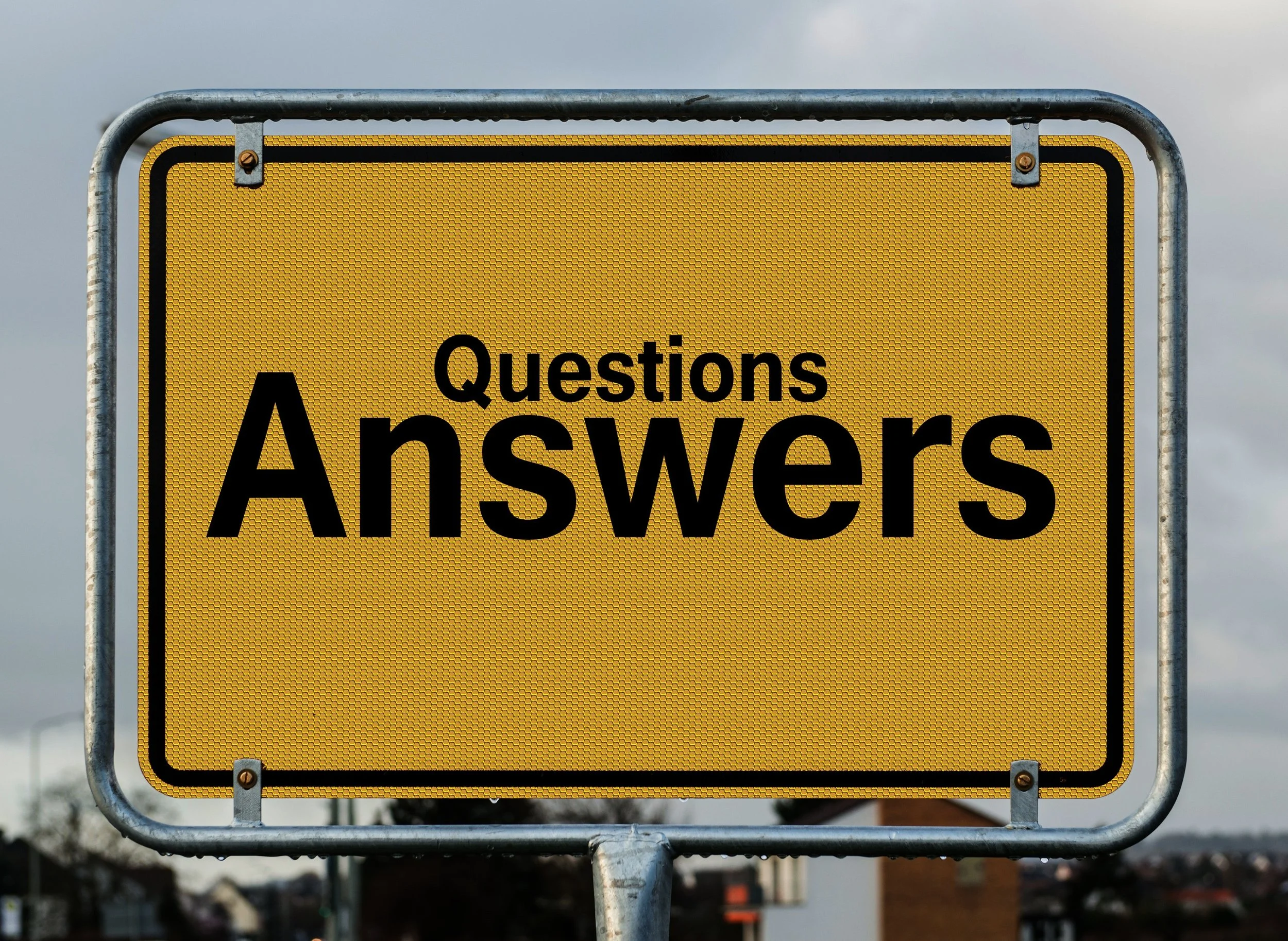7 Proven Techniques to Handle Difficult Q&A Sessions as a Public Speaker
A few years ago, I was delivering a workshop when someone in the audience raised their hand and asked that kind of question, you know the one I’m talking about - the kind that sends your mind into a tailspin, and makes your stomach sink.
For a couple of seconds that felt like eternity, panic set in.
What was I going to say?
My mind was drawing a complete blank.
I could feel all eyes on me, waiting for me to respond.
But instead of stumbling through any old answer, I did something that surprised even me.
I paused.
I took a deep breath, gave myself a few moments to think, and only then, calmly responded.
To my amazement and pride, my answer was cogent and articulate.
That moment taught me that you don’t need to have all the answers instantly.
What you do need is the ability to handle tough questions with calmness and self-belief.
In this post, I’ll share 7 practical tips for doing just that.
1. Be prepared before the Q and A
It is essential to be prepared before the Q and A.
Don’t just “wing it” and hope for the best.
Here’s some ways to be prepared:
Use standard phrases for tricky moments.
Part of your preparation is having statements ready-to-go for common challenges that may arise, for example unclear questions, needing more time, disagreeing with an implication, such as “That’s an interesting point. May I take a moment to think about it?” or “Based on the information I have now, my view is…”Practise and anticipate
Before your presentation, write out the toughest questions you might face and practise answering them. So, if that difficult question does get asked, you’ll answer it in your stride.Role-Play
Enlist a friend or colleague to ask you challenging questions in a mock Q&A session to simulate the experience.
2. Stay Calm and Composed
Always keep your posture open and relaxed, even if the question catches you off guard.
A calm demeanour conveys confidence.
Know that people don’t expect an instant answer.
They are comfortable to wait while you gather your thoughts.
Take a deep breath to calm yourself and oxygenate your brain to think more clearly.
Then pause for a few moments before responding.
This helps prevent you from blurting out whatever comes into your head.
Remember - The aim of the game is to give a coherent answer.
Check out this post about the power of breathing to reset your nervous system.
3. Clarify and restate
If the question was not crystal clear, ask for clarification.
And then, paraphrase it back to the audience or questioner to ensure that you understood it properly.
This shows that you're actively listening and want to give a thoughtful, accurate response.
4. Be Honest About What You Don’t Know
If you don’t know the answer, whatever you do, don’t fake your answer and bluff your way through it.
No-one expects you to be perfect, and know the answer to every question.
You’re only human - You are not a robot or ChatGPT.
Instead, be upfront that you don’t know, and then offer to follow-up.
“I’m not sure about that. Let me check and get back to you.”
And then make sure to honour your word, and promptly get back to them with the answer!
Another option is to defer to an expert in the room.
If your manager or co-worker can answer the question, you could say: “Janet is the expert in that area” or “John, do you want to answer that?”
However, bear in mind that the disadvantage of this technique is that you can lose control.
So be sure you can trust that expert, and know when to cut back in.
5. Don’t get defensive
For hostile or challenging questions, do not fight fire with fire.
Instead, stay calm, and keep your response professional.
Address the factual issue, not the emotion behind the question.
For example, you could calmly say: “No, my conclusion is based on…” or “The issue at hand is…” without repeating the other person’s inflammatory language.
6. Turn Negative Questions Into Positive Opportunities
If a question feels confrontational or accusatory, try reframing it in a more neutral or positive light.
For example, if someone asks, “Why did you make such a bad decision?”, you can reframe it by saying:
“That’s a good point. Let me explain the rationale behind that decision...”
7. Deflect the Question Tactfully (If Necessary)
If a question is truly inappropriate or goes beyond the scope of the session, you can politely decline to answer.
For example, you could say: "That question is outside the scope of today’s discussion."
Then, let the person know you’re available for a more in-depth conversation after the session, or alternatively through email, if the topic needs more time.
In Closing
Remember that moment I shared at the beginning, when confronted with a difficult question, I paused, took a breath, gathered my thoughts, and surprised myself with my answer?
Looking back now, I understand that it wasn’t luck.
It was a combination of staying calm under pressure, and trusting myself enough to take the pause I needed to formulate my response.
So, the next time you’re in the hot seat, and you feel that familiar rush of panic set in with a question out of left-field, just breathe, think, and trust that your best answer is right there, waiting to be spoken.
© 2025 Susan Weser. All rights reserved.
Susan Weser is the Founder of Speaking2Win, a boutique public speaking and presentation skills consultancy, based in Melbourne, Australia.
Susan’s mission is to demystify public speaking and presenting. She loves to fast-track her clients’ public speaking success, empowering them with the skills and confidence to excel in all their public speaking endeavours.

